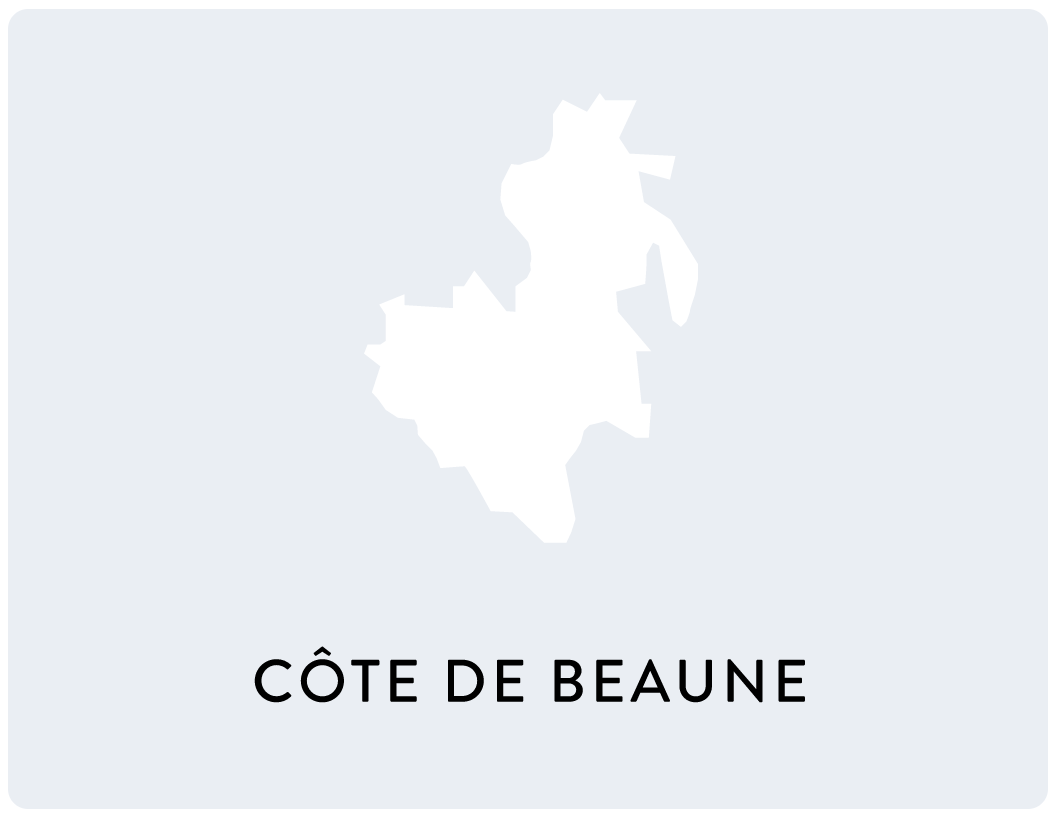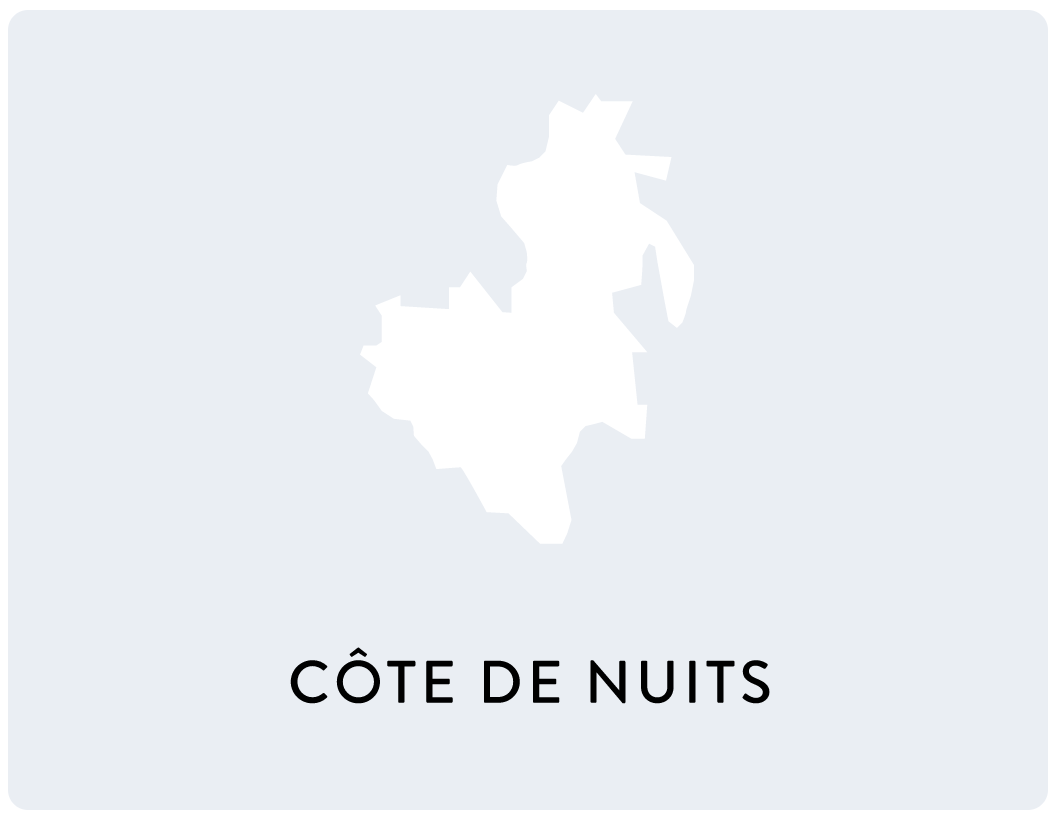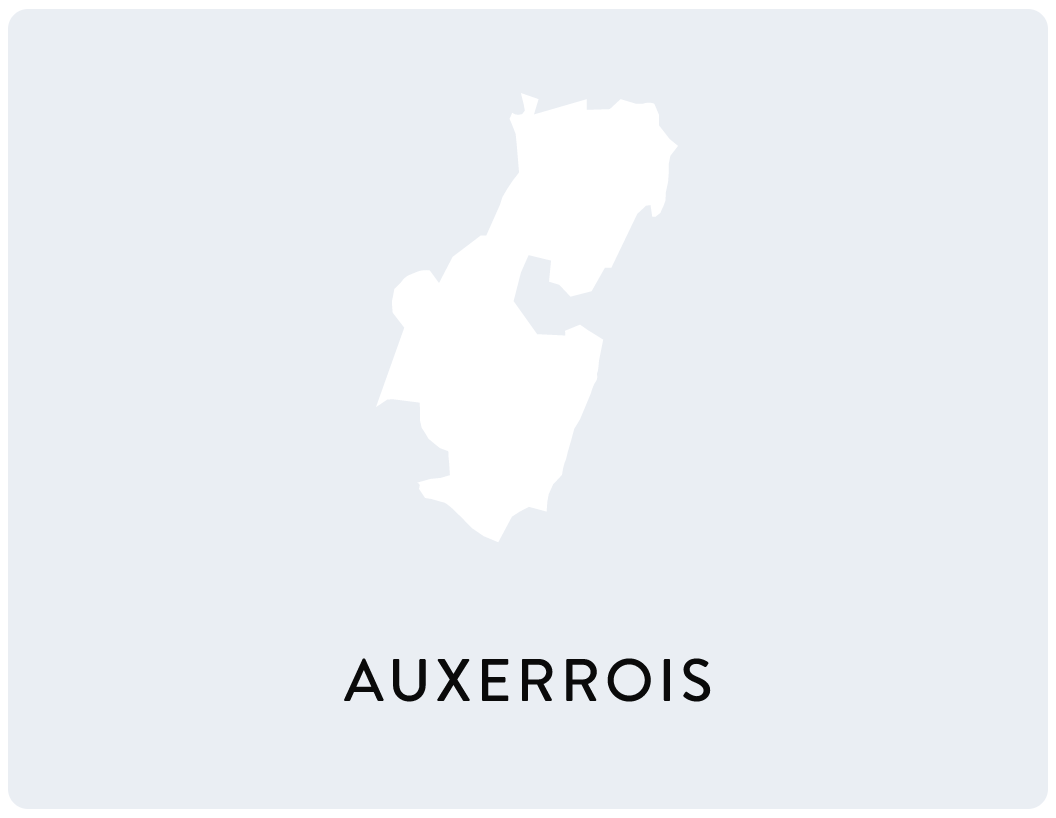Chassagne Montrachet
in Burgundy
Chassagne-Montrachet, a history and a geological profile very different from its neighbors of the Côte de Beaune.
Chassagne-Montrachet (pronounced: "montrachet") is one of the villages of the Côte de Beaune, in the department of Côte-d'Or, classified among the communal appellations of the vineyard.
A favorable climate
The vineyards of the Côte de Beaune benefit from a mainly oceanic climate with a semi-continental influence, frequent rains all year round, cold winters and hot summers.
a unique geology
The remarkable climatic conditions of the Côte de Beaune allow the Chardonnay grape to flourish and produce white wines with a unique character that are sought after around the world.
2000 YEARS OF HISTORY
From the 14th century, the monks, the Dukes of Burgundy, ... participated in the creation of unmissable sites such as the Hôtel-Dieu de Beaune and the Cîteaux abbey which make it so rich.
Chassagne Montrachet
The Chassagne-Montrachet Controlled Appellation of Origin dates from 1937. Its production covers 172.7 hectares as well as a small part in its neighboring village: Remigny (or 6.5 hectares) in Saône-et-Loire. This appellation offers both white wines, made from the Chardonnay grape (60% of its production) and red wines, made from Pinot Noir (40% of its production).
=> Particularity for the Chassagne-Montrachet appellation, each winegrower can choose at any time to change the color of the wine, whatever its climate.
In Burgundy, the different plots determine a regional, communal, premier cru and grand cru appellation depending on their geographical location.
In order to better navigate, its 83 appellations have been divided into 4 levels :
- The grands crus appellations
- The premiers crus appellations
- The communales appellations (villages)
- The regionales appellations (sometimes called "generic" or "sub-regional")
Here is the hierarchy of appellations for Chassagne-Montrachet :
- Chassagne-Montrachet
- Chassagne-Montrachet premier cru
- Chassagne-Montrachet premier cru +name of the original climate
- Chassagne-Montrachet + name of the original climate
Red wines from the production area of this appellation can also claim the Côte de Beaune-Village appellation.
Here is the list of climates (localities) classified as Premier Cru :
- Clos saint-jean
- Cailleret
- Les Chaumées
- Les Vergers
- Les Chevenottes
- Les Macherelles
- En Remilly
- Dent de Chien
- Vide Bourse
- Blanchot-Dessus
- La Maltroie
- Les Brussonnes
- Morgeot
- Abbaye de Morgeot
- Bois de Chassagne
- La Grande Montagne
- La Boudriotte
- Les Champs Gains
- Tonton Marcel
Terroir
Chardonnay for white wines and Pinot Noir for red wines thrive in Chassagne-Montrachet due to the complexity of its terroirs.
The village of Chassagne-Montrachet is located on the east-south-east facing slope, between 200 and 325 meters above sea level.
Depending on the climate, the soil is made up of limestone and stony, marly or more sandy soils (Jurassic beds).
Tasting
The white wine of Chassagne-Montrachet presents itself in a beautiful golden color with greenish reflections. A very pleasant nose, a beautiful aromatic power, notes of flowers (hawthorn, acacia, honeysuckle, verbena, ...), aromas of almonds, ripe apple, honey and buttery notes. On the palate, it's delicious, elegant, nice roundness, voluminous; we also find the fat of chardonnay with remarkable persistence on the finish.
The white Chassagne-Montrachet goes very well with fish, particularly salmon, exceptional white meats such as poultry, veal in sauce. And for surprising pairings, Asian cuisine flavored with curry will be perfect !
For the premiers crus, noble dishes such as lobster or lobster. The food and wine pairing will be exceptional, a nice tasting awaits you.
It is advisable to serve the wine between 12 and 14 ° C, the white Chassagne-Montrachet can be forgotten in the cellar between 3 to 12 years without problem.
The Chassagne-Montrachet red appellation reveals a pretty bright red color with purplish reflections. On the nose a very beautiful bouquet, with aromas of red and black fruits (strawberry, raspberry, redcurrant, morello cherry, cherry stone, plum, blackcurrant ...), animal and spicy notes appear several years after bottling. In the mouth, the tannins are present, it is a complex wine with a beautiful structure, body and power.
In order to sublimate this wine, here are some ideas for dishes : roast lamb, grilled pork, Bresse poultry with cream, scallops, cheeses such as Morbier, goat or Comté.
It is advisable to serve the wine between 14 and 16 ° C, an aging potential of 5 to 15 years is possible.
=> Be careful, however, not to confuse the appellation "grand cru" Montrachet and the communal appellation : Chassagne-Montrachet.
THE 20 COMMUNAL APPELLATIONS OF CÔTE DE BEAUNE
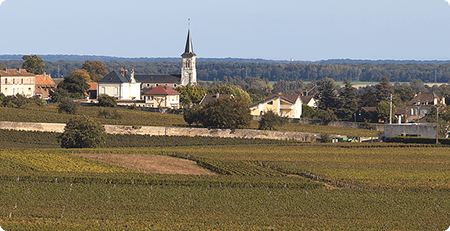
Chassagne-Montrachet
Appreciated since the Middle Ages, mineral whites and excellent reds.
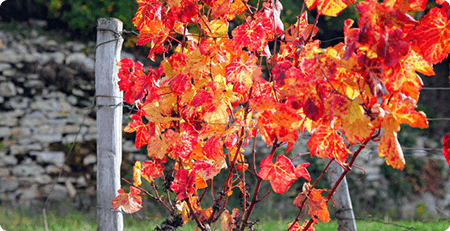
Aloxe-Corton
It is the kingdom of pinot noir (red grape), robust and generous wines.
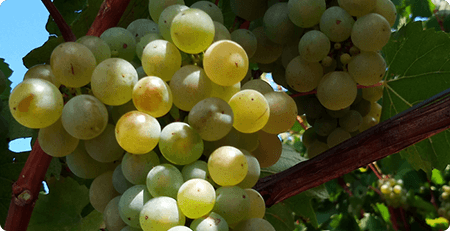
Pernand-Vergelesses
This appellation gives fleshy red wines and graceful whites.

Savigny-les-Beaune
Mostly fruity and structured red wines. White wines are rare.

Chorey-les-Beaune
The only appellation of the Côte de Beaune which extends over land in the plains.

Beaune
These well-drained terroirs allow the wine to be tender with notes of ripe fruit.
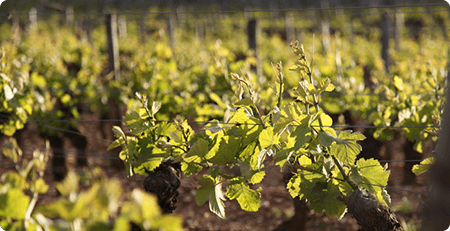
Pommard
This appellation is the king of reds, offering firm and robust wines.

Volnay
Red wines only, very delicate, classy and fragrant.
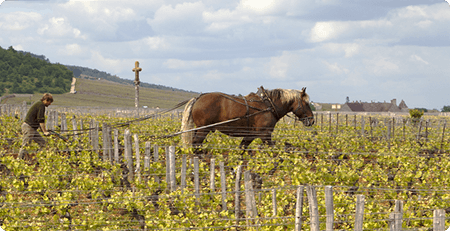
Monthélie
Monthélie is 90% red, pleasant, fruity wines with good aging potential.

Auxey-Duresses
The vineyard presents round and fatty white wines, fruity and peppery red wines.

Saint-Romain
The communal appellation offers mineral white wines and spicy red wines.

Meursault
Meursault is the largest village on the Côte de Beaune, with fresh and refined wines.

Blagny
A complete red wine of great elegance and a nice roundness in the mouth.

Puligny-Montrachet
The vines produce sunny, ripe and lively white wines. Red wines are extremely rare.

Ladoix
Ladoix offers colorful, powerful red wines and white wines with a bouquet.

Saint-Aubin
It is the specialist in tense, floral, creamy whites and light reds.

Santenay
Firm, robust red wines and tasty white wines of consistent quality.

Maranges
This vineyard is dedicated almost exclusively to reds.

Côte-de-Beaune-Villages
Only red, in the north supple wines and in the south firmer wines.

Côte-de-Beaune
This appellation offers both colors, whites and reds.
All wine regions
